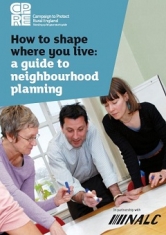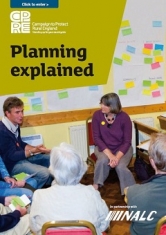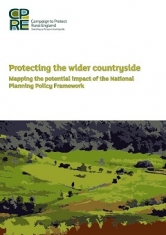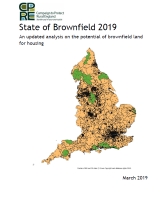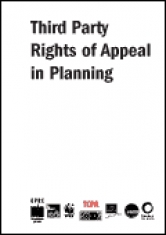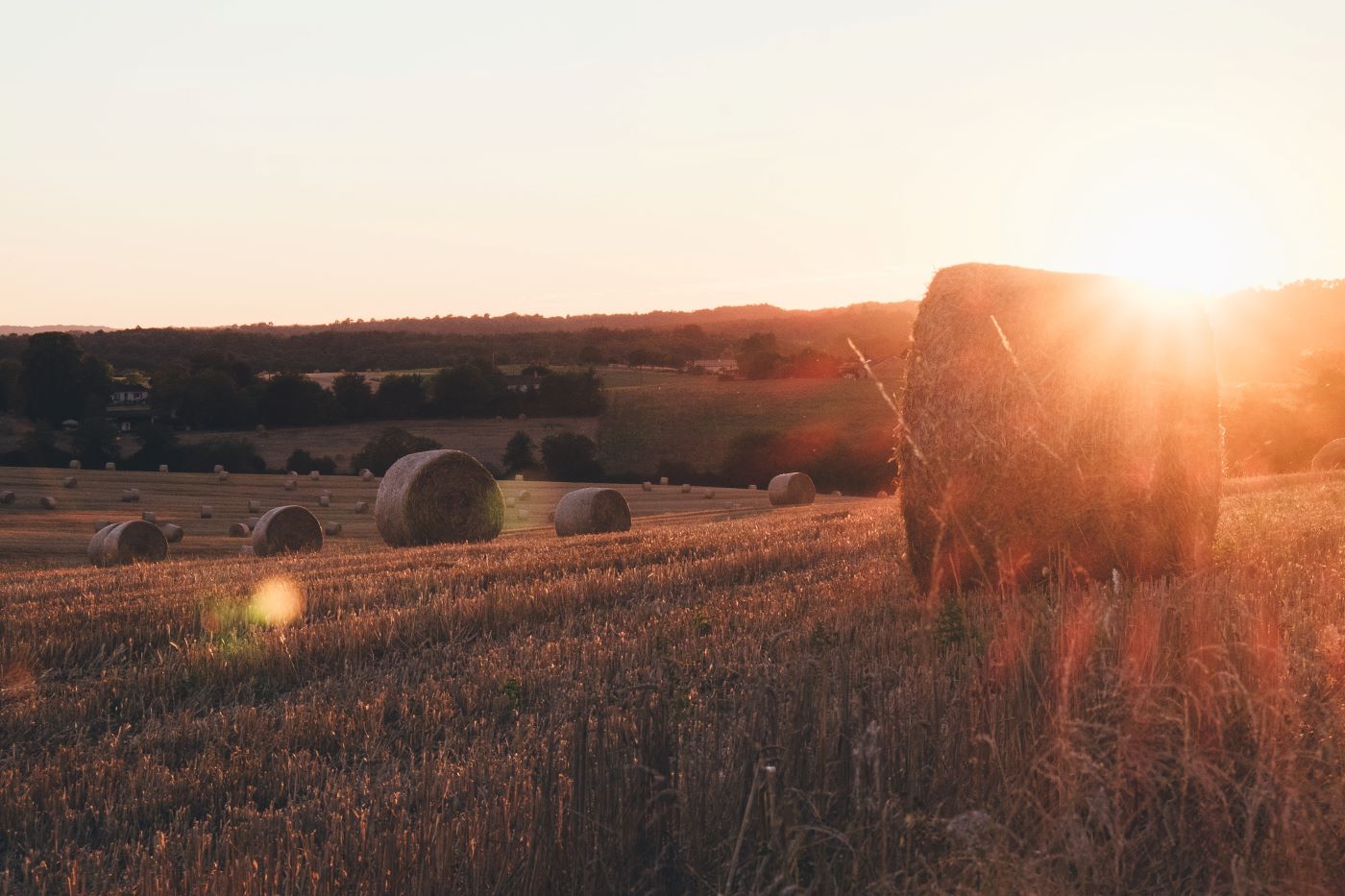Planning
How to shape where you live: a guide to neighbourhood planning
Neighbourhood Plans provide a great opportunity for you to have more influence on how the places in which you live and work will change over time. Your local knowledge and sense of what needs to be protected and what needs to change can really make a difference. We’ve put together eight simple steps to take if you want to prepare a Neighbourhood Plan and involve the whole community to make sure it becomes formally adopted as part of the development plan for your community.
Plan B: How to challenge bad developments in court
A short guide to how and when you can challenge planning decisions in the courts
This guide is principally aimed at members of the public and community groups who are concerned about a proposal for development which has gained, or may gain, planning permission, and outlines the scope for legal challenge of land use planning decisions. It will help you decide whether you have a case for a judicial review or statutory challenge, and sets out how the procedure currently works following recent Government changes.
Planning explained
England’s planning system shapes new development and the use of land all over the country with the aim of achieving outcomes that are positive for people, the economy and the environment. This guide will help you to get involved in the development of your Local Plan - a key component of the planning system which will be the main influence on how your area changes in the future.
Protecting the wider countryside
The draft National Planning Policy Framework (NPPF) proposes removing a critical policy which recognises the national importance of the countryside as a whole. This research maps these areas and shows that unless the Government revises the NPPF, more than half of the English countryside could be under greater threat from inappropriate development than before. The report recommends that the final NPPF should retain explicit recognition of the intrinsic value of the wider countryside and the character of the countryside, while favouring the efficient use of land rather than urban sprawl.
State of Brownfield 2019
CPRE's annual State of Brownfield report shows that there is enough suitable brownfield land available in England for more than 1 million homes across over 18,000 sites and over 26,000 hectares.
Sustainable Development (Policy)
Brownfield Land
Land is a precious resource, and must be used wisely. CPRE supports a ‘brownfield first, greenfield last’ strategy as a general principle. However, just because a site is brownfield does not mean it should necessarily be developed.
Wherever possible, it is generally better to use already developed urban land and buildings than to build on green fields.
CPRE believes we need to tap this potential [the potential of brownfield sites] while protecting the character and quality of existing residential areas.
It makes social, environmental and economic sense for most new development to occur in built-up areas, where infrastructure and services are already in place, or can easily be provided, rather than in the countryside. Brownfield development is essential for urban regeneration. Done well, it brings homes, jobs and services closer together, reduces car dependence and enhances communities. However, not all previously developed sites should be considered suitable for development. Land important for wildlife, historically significant or that provides valuable open space should be safeguarded from inappropriate development.
What CPRE wants:
- A ‘brownfield first, greenfield last’ approach – to protect the countryside and regenerate urban areas.
- Removal of obstacles to brownfield development - financial support for remediating contaminated land.
- A plan-led approach which responds to the needs and aspirations of local communities.
- Better use of existing buildings – reduction of VAT on building repairs, which deters responsible maintenance and favours demolition and development on greenfields over building re-use and refurbishment.
- Protection for urban open spaces, wildlife habitats and sites of historic importance.
- Local brownfield strategies to tackle brownfield blight, identify opportunities for regeneration and ways to overcome obstacles to brownfield development.
- A national target of at least 75% of residential development and 85% of commercial development to take place on brownfield sites.
Planning
Good land-use planning is the unsung hero of environmental protection. It can encourage urban regeneration, curb urban sprawl, help slow the growth in road traffic, protect the beauty and tranquillity of the countryside and safeguard wildlife habitats.
Effective planning is more important now than ever before with economic pressures and a growing population leading to more development intruding into the countryside.
Precious Green Belt land is being eaten away despite a Government commitment to protect it. Proposed new legislation concerning the planning for major infrastructure projects presents a serious challenge to the integrity of the planning system.
Find out more
• CPRE's policy on brownfield land
• Planning resources
• Planning campaign briefings
Third Party Rights of Appeal in Planning
This major report explores the case for 'third party rights of appeal’. Currently, a developer may appeal against refusal of planning permission, but members of the public have no right to appeal against the grant of permission - no matter how strong their case. Written by an independent team of respected academics, consultants and legal experts in the field of planning, the research was funded by a broad alliance of environmental and amenity groups, including CPRE.
